I signed up for a free two-week trial of Noom last week, intrigued by the hype. I’ve struggled recently with accountability with my food choices, so I thought it might be worth trying it out. If nothing else, it could be a tool to recommend to clients.
So what is Noom?
The idea behind the app is that behavioral changes lead to long-term, sustainable weight loss. Your $44.99 monthly subscription fee includes sessions with a live coach (called a “goal specialist”) who’s trained in cognitive behavioral therapy (CBT).
Your coach reaches out 1 or 2 times per week to help you set goals, identify potential barriers to reaching your goals, and help you troubleshoot solutions. You also have unlimited access to a support group filled with other Noom users and led by a Noom group coach.
Education is part of the membership fee — users receive daily lessons on topics such as portion sizes, grocery shopping tips and navigating social triggers. You also get access to quizzes designed to help you identify habits and goals, debunk myths and defuse unhealthy thoughts — all in the name of helping you create healthy weight loss strategies.
The app also includes a food diary feature that analyzes your food choices. Other features include a pedometer to record your daily steps, a section to log your daily weight, a recipe library, and the option to track exercise and other health markers.
Here are my initial thoughts:
1) It made me more aware of portion sizes and “hidden calories.”
I had thought for some time that I wasn’t eating enough calories to fuel my everyday activities, but I was wrong! A wrap at Freshii that has been my go-to for some time contains almost 700 calories, 200 coming from the sauce alone. Yowsa! They refer to this phenomenon as “portion distortion.” Turns out I’m not alone. According to research they cite, 6 out of 7 women underestimate their daily caloric intake by an average of 621 calories.
2) It might not be ideal for people following certain lifestyles.
The app demarcates foods according to their caloric density. That said, nuts and seeds are considered a “red” food, which mans they want you to limit them. As someone who follows a plant-based diet, it’s hard to limit those foods because they’re good sources of protein and healthy fats.
3) The support feature is lacking.
I signed up on a Saturday and it wasn’t until Thursday that I chatted with my “goal specialist.” I had to figure out a lot of things on my own. I imagine this could be a detriment to someone looking for more hand-holding.
Overall, I think the app is helpful in keeping me on track, despite its shortcomings. I will likely sign up for the two-month membership.


